Summery Ritornello
Categories: Music Activities for schools, Vivaldi's Four Seasons Project
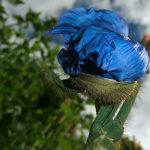
 An analysis with activities, of the 1st movement of Summer from Vivaldi’s Four Seasons.
An analysis with activities, of the 1st movement of Summer from Vivaldi’s Four Seasons.
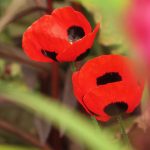
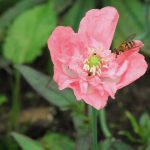 Vivaldi’s striking use and development of ritornello is demonstrated in The Four Seasons. The movement featured in the Little Returns in Spring blog are in fact two of his more orthodox examples. However, the fast movements in Summer and Winter show quite singular characteristics in their construction. Let’s have a look and listen for ourselves!
Vivaldi’s striking use and development of ritornello is demonstrated in The Four Seasons. The movement featured in the Little Returns in Spring blog are in fact two of his more orthodox examples. However, the fast movements in Summer and Winter show quite singular characteristics in their construction. Let’s have a look and listen for ourselves!
Summer – 1st Movement
This chart shows a graphic analysis of the 1st movement of Summer.
1. Answering these questions will help you understand and interpret the chart.
- Which section begins with solo violin and one cello only and ends with all upper strings playing?
- In which key is the second appearance of Ritornello 1?
- How many bars long is Episode 3?
- In which bar does the second appearance of Ritornello 2 appear?
- What relationship is the key of D minor to the tonic?
- What does the chart indicate about the texture of the ritornello sections and the episodes?
2. Using the score in conjunction with the chart, answer these questions:

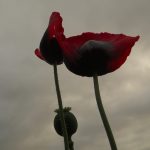 List five differences between the first appearance of Ritornello 1 and Episode 1.
List five differences between the first appearance of Ritornello 1 and Episode 1.- The second appearance of Ritornello 1 has only 7 bars. Each of the 7 bars appear in the first appearance of Ritornello 1. Which 7 bars?
- Which of these characteristics apply to the first appearance of Ritornello 1, and which apply to the second appearance of Ritornello 2?
- Hestitant in G minor
- Quiet
- Slow-moving

 Contains sequential patterns
Contains sequential patterns- Has some accidentals, not usually present in the key
- Contains stepwise movement

 Contains some large leaps in the melodic parts
Contains some large leaps in the melodic parts- All instruments play most of the time
- Relentless
- Loud
- Fast
- Contains fast-bowing/tremolo
- Has sections in octaves
- Has repeated figures
The passage of music from bar 90 to bar 109 provides the greatest deviation from the “norm” of ritornello movements. It has many of the characteristics of a ritornello section, but is not using the same music as the original ritornello. Its ritornello characteristics are:
- tutti (everyone is playing)
- fairly static harmony
- it immediately follows an episode
- the music returns, and in fact brings the movement to a conclusion
It is these characteristics which have led me to call the section Ritornello 2, rather than an episode.
- Can you think of any reasons why Vivaldi would decide to completely change the mood of the piece and introduce this new ritornello?
This is the section of Vivaldi’s sonnet (and a rough translation) which is interspersed through the 1st movement of Summer.
 Study the words carefully. How does the mood change during the course of this poem and the summer’s day it describes?
Study the words carefully. How does the mood change during the course of this poem and the summer’s day it describes?
- Now can you think of reasons why Vivaldi would
 decide to completely change the mood of the piece and introduce this new ritornello?
decide to completely change the mood of the piece and introduce this new ritornello?
- Locate music in the 1st movement of Summer which illustrates these images from the poem. How
 does the music reflect the image in the poem?
does the music reflect the image in the poem?
- Languishing in the heat (bar 1+)
- The man and his flock are drooping (bar 8+)
- A cuckoo sings (bar 31+)
 The turtle dove sings (bar 59+)
The turtle dove sings (bar 59+)- The goldfinch sings (bar 72+)
- The gentle Zephyr blows (bar 78+)
- An imperious wind blows (bar 90+)
- The shepherd weeps and contemplates his fate (bar 116+)
Here are some more pieces of music in which you can hear cuckoo calls and other bird-song:
 Le Coucou – Daquin (keyboard)
Le Coucou – Daquin (keyboard)- Cucú Cucú – Juan del Encina (madrigal)
- The Cuckoo and the Nightingale – G.F. Handel (Organ Concerto)
- William Tell Overture – G. Rossini (orchestral [3rd section – cor anglais and flute])
- On Hearing The First Cuckoo in Spring – Frederick Delius (orchestral)
 Late Swallows – Frederick Delius (String quartet No.2, movement 2)
Late Swallows – Frederick Delius (String quartet No.2, movement 2)- The Lark Ascending – Ralph Vaughan Williams (orchestral)
- Oiseaux Exotiques – Olivier Messiaen (percussion)
- Cataloque D’Oiseaux – Olivier Messiaen (Piano)
- A Chaos of Delight 1 – Eve de Castro Robinson (NZ, bass clarinet)
 A Chaos of Delight 2 – Eve de Castro Robinson (NZ, solo vocal)
A Chaos of Delight 2 – Eve de Castro Robinson (NZ, solo vocal)- A Chaos of Delight 3 – Eve de Castro Robinson ( NZ, choral)
- Magpies – Chris Marshall (NZ, choral from To The Horizon)
- The Birds began to Sing – Dorothy Buchanan (NZ, SATB & SSA)
 Flute song for the birds – Dorothy Buchanan (NZ, solo flute)
Flute song for the birds – Dorothy Buchanan (NZ, solo flute)- Mary Magdalene and the Birds – Dorothy Buchanan (NZ, mezzo and cl)
- Te Tangi a te Matui – Helen Fisher (NZ, flute and alto)
- For the Kokako – John Rimmer (NZ, piano)
- Birds and a Steam Train in the Catlins – Anthony Ritchie (NZ, piano)
- Listen to some of them and look at the scores if you can find them.
- How do these pieces evoke the sounds of bird song or the movement of the birds?
- Look for more “bird” pieces to add to the list.
- Find the following melodic and harmonic excitements in the first movement of Summer:
- A chord on the flattened supertonic
- A chord on the flattened supertonic in a different key
- An augmented 2nd
- A scale of G minor (melodic descending version) ascending
- A D7 chord
- Three consecutive bars which are exactly the same
- A melody featuring a minor 2nd
- Find the answers here
- Episode 3 of the 1st movement of Summer is the most harmonically eventful of all the sections of this movement.
- Look for yourself.
- What can you find?

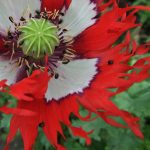
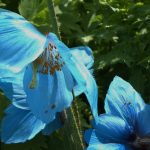
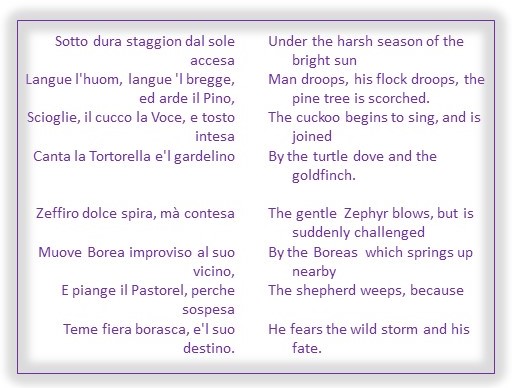
No comments yet.